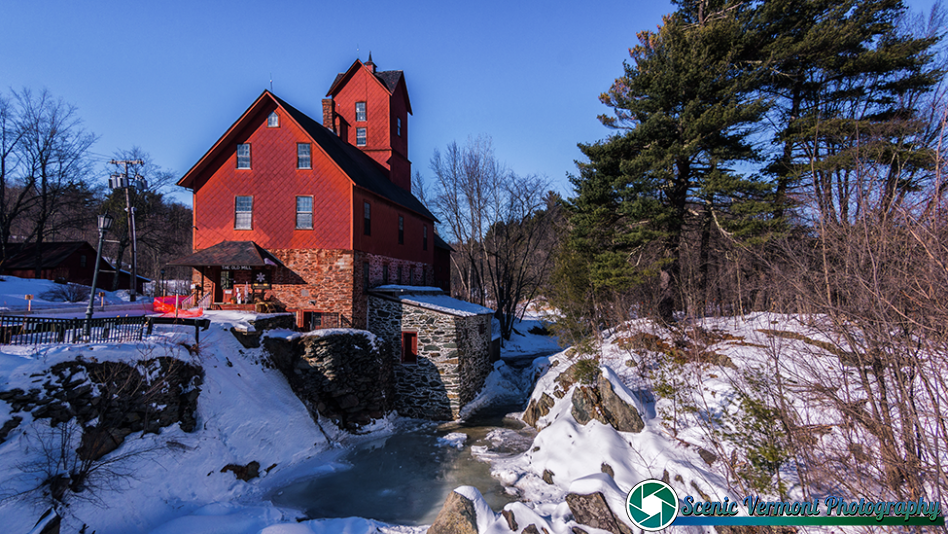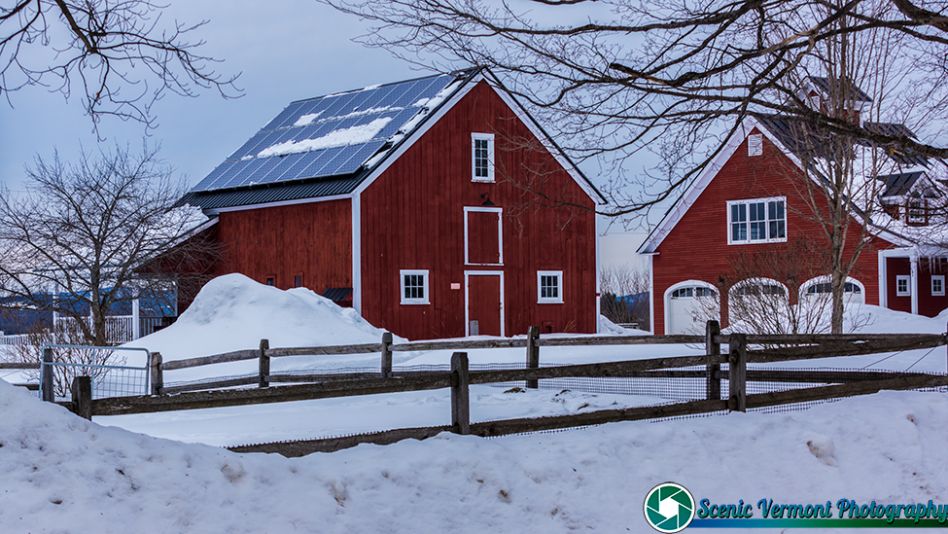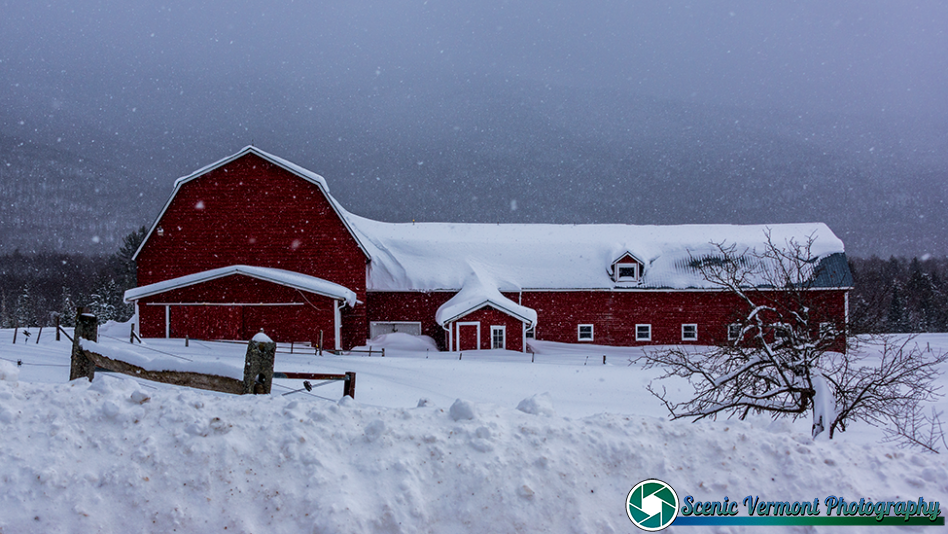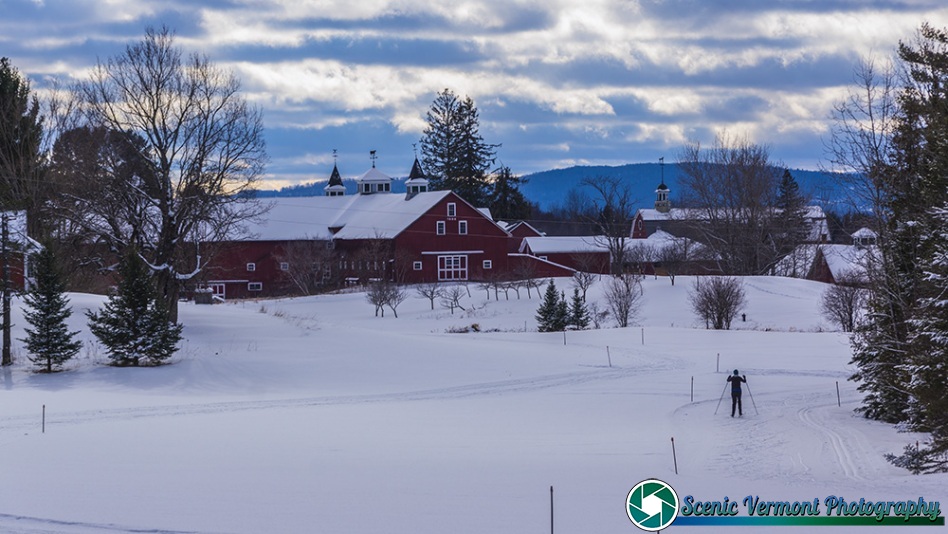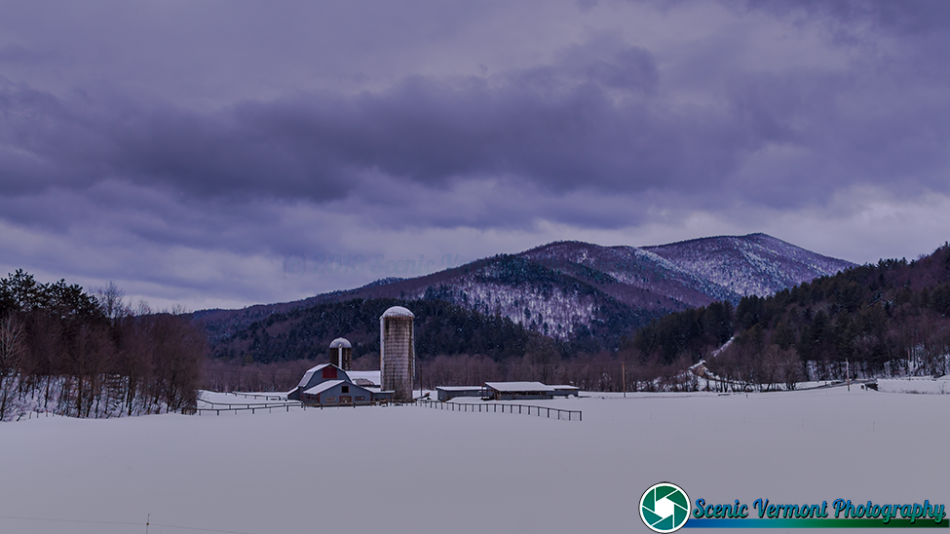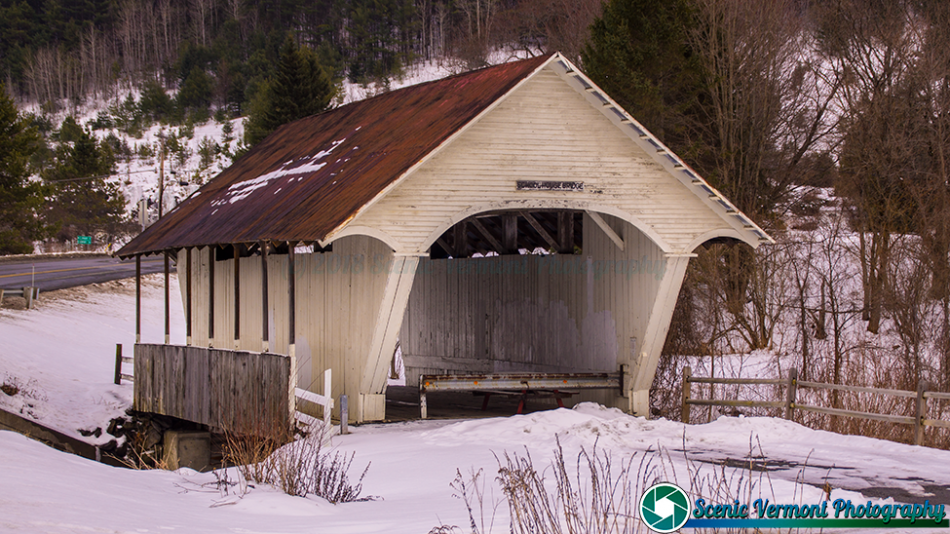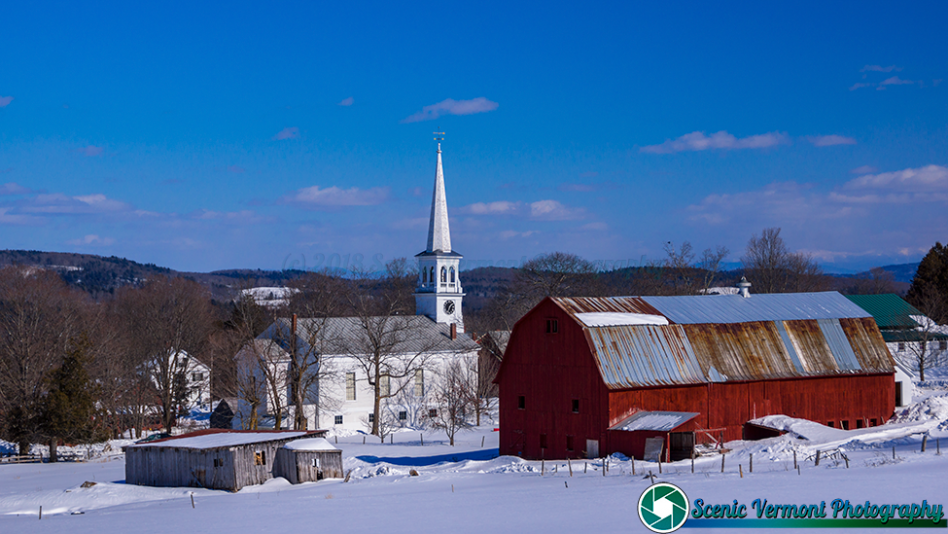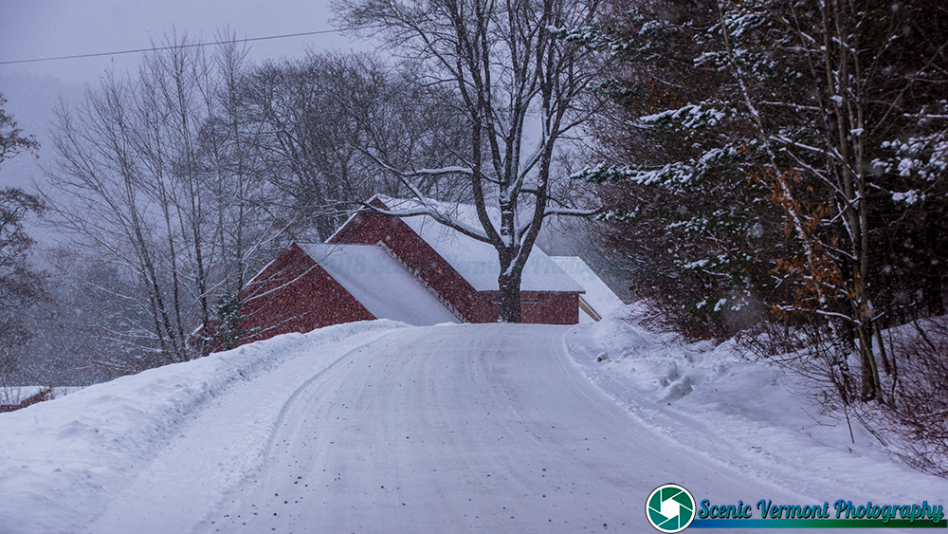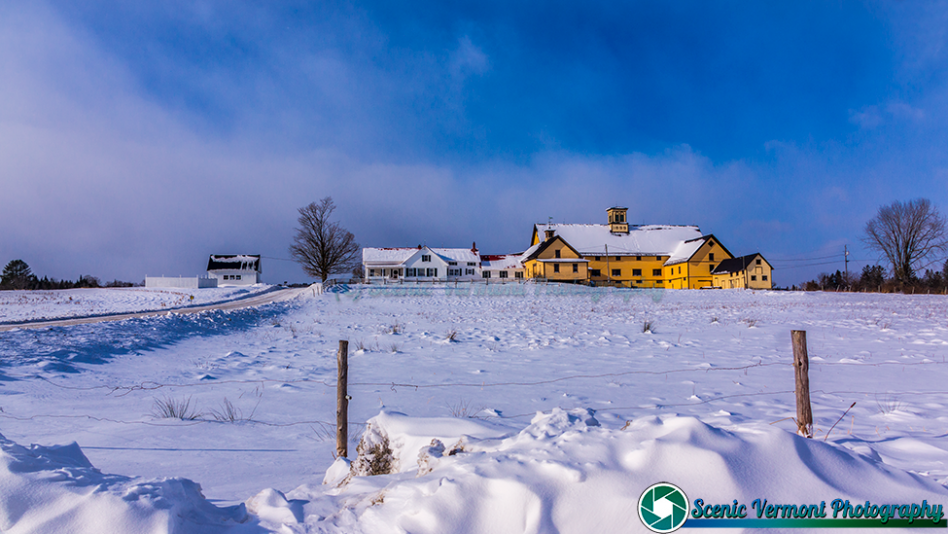Archive of Blog Postings.
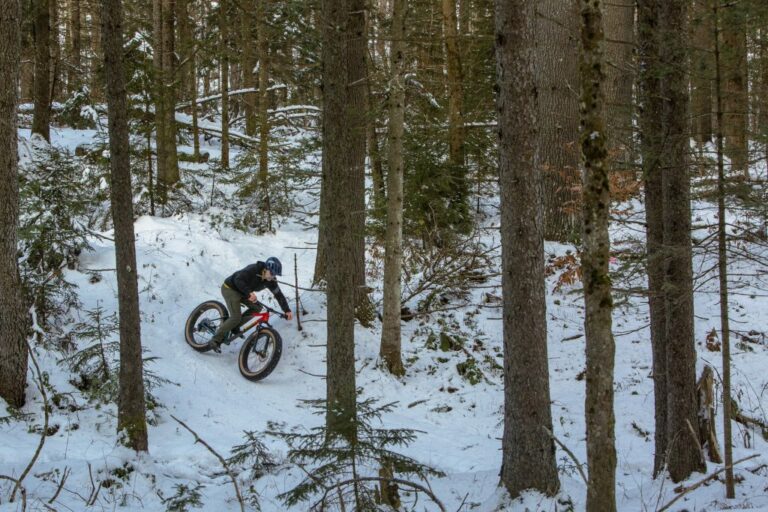
10 Reasons to Start Fatbiking in Stowe
Guest authored by Ranch Camp, Stowe’s full-service mountain bike shop, fast-casual eatery and tap room.
Fatbiking is baked into our DNA here at Ranch Camp, and since ~2010, we’ve been on a mission to bring fatbiking to the masses through events, reviews and impromptu fatbike parties. For a lot of riders, winter is a time to take a break from the bike, reset and focus on non-bike activities, but here in Vermont, it’s always bike season. Fatbiking is much like mountain biking, but on a bicycle with wide tires made to easily pedal across snow. The Stowe area offers a wide range of terrain that caters to all levels and abilities. We’re of the opinion that riding in the winter should be high atop your list of priorities for the winter. So we’re here to provide you with a comprehensive list of reasons why now is the time to give fatbiking a try.
1. Fatbiking is the perfect complement to skiing and snowboarding.
Fatbiking and snow sliding are not mutually exclusive. The reality is, when the ski conditions are not ideal, the fatbike conditions are generally really good; loud, icy ski trails equate to smooth and fast singletrack…the perfect conditions for fatbiking.
2. You probably have most of what you need already.
Fatbiking doesn’t require a bunch of highly specialized gear; a beanie under your summer helmet, maybe an old set of ski pants, and you’re ready to roll. Wanna get kitted? There’s a ton of super cool gear specific to fatbiking, but you can comfortably break into fatbiking with what you’ve already got in your winter gear closet.
3. Fatbikes are good for more than just fatbiking.
Fatbikes have developed over the past few years, finding a nice balance between capable climbing and confident descending. As a result, fatbikes have evolved into all-terrain, four-season bikes for a lot of riders. With the addition of a set of 29+ wheels and tires (i.e. wheels and tires that measure 29” in diameter and ~3” wide), fatbikes make great bikepacking rigs. Many fatbikes come with all of the braze-ons and mounts needed for affixing bags. Headed to the beach this summer? Air those tires down and take advantage of miles of uninterrupted coast for an epic ocean-front ride.

4. Now available in pedal-assist.
Fatbiking can be challenging when conditions aren’t perfect and for many people, that’s a dealbreaker. However, electric bikes like the Norco Bigfoot VLT are readily available and provide the boost that many of us need to make fatbiking that much more accessible. Pedal-assist fatbiking is virtually guaranteed to put a smile on your face, regardless of conditions.
5. Fatbikes are easy and more affordable than you think.
For many of us, the reluctance to buy a fatbike is just a simple dollars and cents issue. Thankfully, modern fatbikes are more affordable and of higher quality than ever. A fully rigid fatbike, which is all the bike many of us will ever need, will run you between $1000 and $1500. Even with the addition of a dropper post and studded tires, you’re still likely spending less than $2k. Fatbikes are also refreshingly simple by comparison to a full suspension mountain bike. Without all of the pivots, bearings, seals, dust wipers, and air cans, fatbikes literally and figuratively have fewer moving parts. Sure, they still need some love like any other bike, but assuming you’re riding in decent conditions (i.e. snow, not mud), drivetrains are just less subject to wear than riding in summer dust and the components, when cared for, will treat you to many years of happy fat-tire shredding.
6. What’s old becomes new again.
If you want to see your local trail network in a whole new light, saddle up your fatbike. One of the things we love about fatbiking is that it forces us to slow down and see things we might otherwise miss during a summer ride. For example, Stowe’s Cady Hill Forest is quite literally out our backdoor here at Ranch Camp. We ride the trails almost daily during the summer, but come winter, these uber-familiar trails take on a whole new aesthetic. Winter riding affords long line of sight, mandates slower speeds and by default, yields more time to relish in our surroundings. We guarantee you’ll see something you’ve never seen on your local trails from aboard your fatbike.

7. Build those bike handling skills.
Fatbiking is as different from mountain biking as nordic skiing is from downhill skiing, but that’s a good thing. Sure there’s some overlap, but at the end of the day, these two styles of bikes behave VERY differently. Spending time on a bike with 5” wide tires, pedaling through snow and ice, invariably leads to a sharpening of skills and a feeling of increased confidence when you get back on the MTB come spring.
8. Night riding during the winter is utterly sublime.
We all know night-riding is a super fun way to cap off the summer riding season when the days get short and temps get cold. However, when the snow starts falling, that’s when night riding is at its best. Modern bike lights pack a ton of lumens and won’t break the bank. With a few riders in a line casting a few thousand lumens on some freshly fallen snow, you’ll be hard pressed to find a better way to spend your evenings this winter.
9. We’re in the golden age of grooming.
Thanks to the advent of a handy little product called the Snow Dog, fatbike trail grooming is better than ever. Pair that with increased support from municipalities, nordic ski areas, and many of the mountain biking associations across New England, fatbiking opportunities have never been greater. If your local trail network is not yet grooming, this is a great time to get involved. Check out Vermont Mountain Bike Association’s trail conditions page to stay up to date with winter trail statuses.
10. Last but certainly not least: it’s wicked fun!
While cycling, despite its reputation for being a free-spirited endeavor, has maintained an undertone of seriousness and competitiveness, fatbiking is the complete opposite. Nobody’s taking themselves too seriously when they are on something called a “fatbike,” which makes it the perfect activity for newcomers. Fatbiking events are the perfect setting to introduce yourself to this fun-loving community.
The list could go on and on, but that’s 10 good reasons to give fatbiking a try next time you’re in the Stowe area. Not ready to take the plunge? That’s okay. Give Ranch Camp a call (802) 253-2753 to line up a demo, take one for a spin, or learn more about upcoming fatbiking events.



Images courtesy of Ranch Camp.
The post 10 Reasons to Start Fatbiking in Stowe appeared first on Stowe.
Valentine’s Day tradition in Montpelier Vermont.
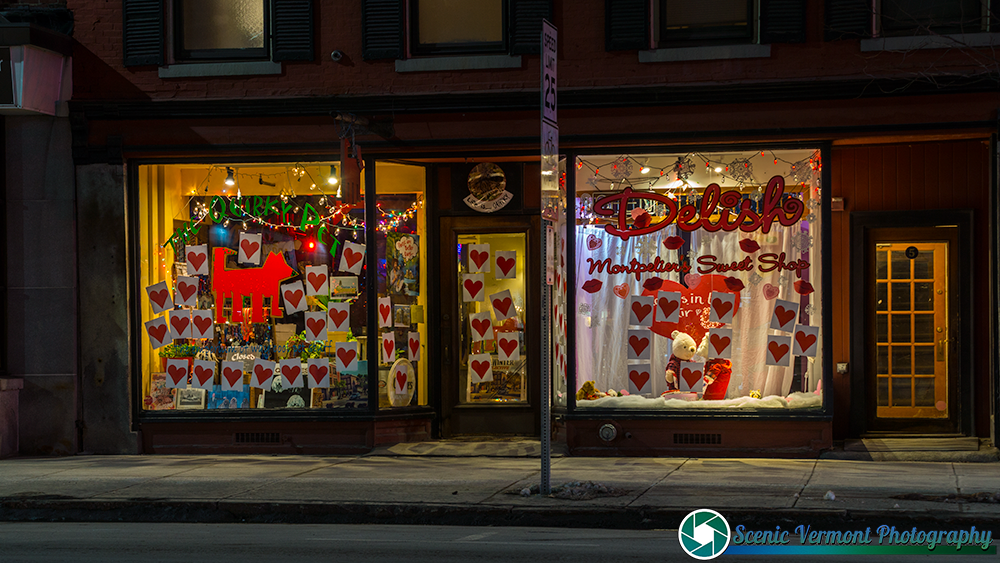
From last year. I am not sure if they reopened after last July’s flooding. I should take a trip to Montpelier and see huh?
On April 8, 2024, a rare total solar eclipse will cross the U.S., plunging a 124-mile-wide path stretching from Mexico to Canada into night-like darkness. Stowe, Vermont will be part of the state to experience the rare marvel of “totality” of the eclipse, causing day to turn to night. If you are traveling to Stowe to view the solar eclipse, read through these frequently asked questions to help plan ahead. More information, including special events and watch parties will be available in the upcoming weeks.
What is a total solar eclipse?
A total solar eclipse happens when the moon passes between the sun and earth, completely blocking the face of the sun. Totality is the maximum phase of a total solar eclipse, during which the Moon’s disk completely covers the Sun’s face. Totality can last anywhere from 10 seconds to seven and half minutes. The last total solar eclipse viewable from Vermont occurred in 1932 and you won’t see the next one in the Green Mountain State until 2106.
Where can I see the eclipse?
The 2024 Great North American Solar Eclipse will plunge a 124-mile-wide path stretching from Mexico to Canada into night-like darkness. Stowe falls in the part of Northern Vermont that will experience the rare marvel of totality. There are lots of places and events taking place in Stowe where you will be able to view the total solar eclipse. Stowe Mountain Resort will have various points for viewing and is offering free parking open to the public that day. Various points along the Stowe Recreation Path will offer a good place to set up and view the spectacle. Depending on weather conditions leading up to the day of the eclipse, trails and grassy areas could be soft, muddy and not open for recreation so we are recommending guests utilize paved areas for their solar viewing.
Do I need anything specific in order to view the eclipse?
Special eclipse glasses need to be purchased and worn while solar viewing. It is not safe to look directly at the Sun without specialized eye protection specifically for solar viewing. Viewing any part of the bright sun through a camera lens, binoculars or a telescope without a special-purpose solar filter secured over the front of the optics will instantly cause severe eye injury.
What will the weather be like in Vermont in April?
Vermont in April can welcome all different weather conditions and temperatures. Visitors should come prepared with all types of warm layers, waterproof footwear, etc. Always remember that temperatures drop and weather conditions can change more frequently at higher elevations so plan accordingly.
The 2024 Total Solar Eclipse falls during the time of year where winter is coming to an end and we begin the transition to spring. Often referred to as “mud season,” the ground becomes soft from thawing temperatures and runoff snowmelt. Not all areas of our destination will be viable places for your viewership depending on muddy conditions.
What people can see during a total solar eclipse depends on the weather and the location from which they view it. Clear skies are ideal to have a full eclipse experience, with a clear view of the sun and moon. However, the eerie daytime darkness associated with eclipses is still noticeable with some cloud cover.
Will there be a lot of people in Stowe at that time?
While April is a traditionally quieter time of year, Stowe is expecting high volumes of people for the solar eclipse. The state is estimating anywhere between 50,000 and 100,000 people flocking to Vermont for this astronomical event. Due to this increase of expected guests, those visiting Stowe should also anticipate an increase in traffic and plan accordingly. Please be respectful as everyone is navigating this busy time.
Where can I stay? Is lodging still available?
There is very limited lodging still available in Stowe, so book now if you need to secure accommodations. Inventory may change as we get closer to the event so check back frequently to see what is available. If your plans are subject to change at all, be sure to read and understand the property’s cancellation policy to avoid any incurring fees.
What is there to do in Stowe other than view the solar eclipse?
Stowe offers a diverse menu of activities and attractions all year round. In addition to special eclipse events happening around town, there are a wide variety of both indoor and outdoor activities to enjoy in Stowe this time of year. Stowe Mountain Resort will still be open for spring skiing and riding. Spring is often referred to as Vermont’s sweetest season as it marks the start of maple sugaring season. Guests can take in the sugaring process and take home their favorite sweet, maple treats at one of our local sugar houses. While not all trails are open during this time of year pending weather, road biking and rail trails are popular amongst cycling enthusiasts. Vermont is home to more craft breweries per capita than any other state.
The post Total Solar Eclipse FAQ appeared first on Stowe.

